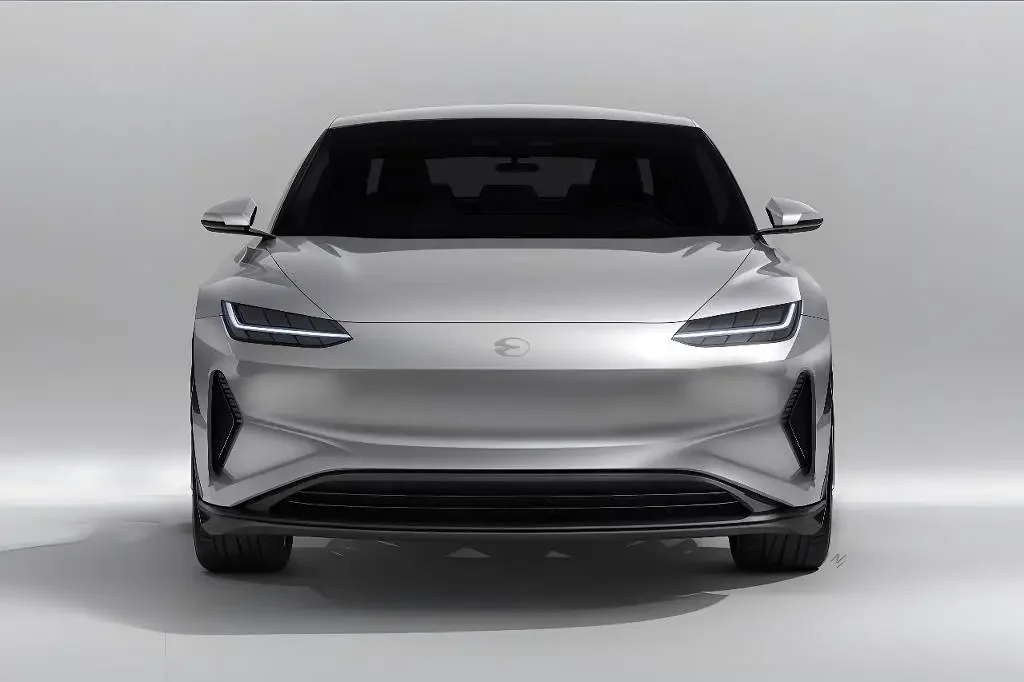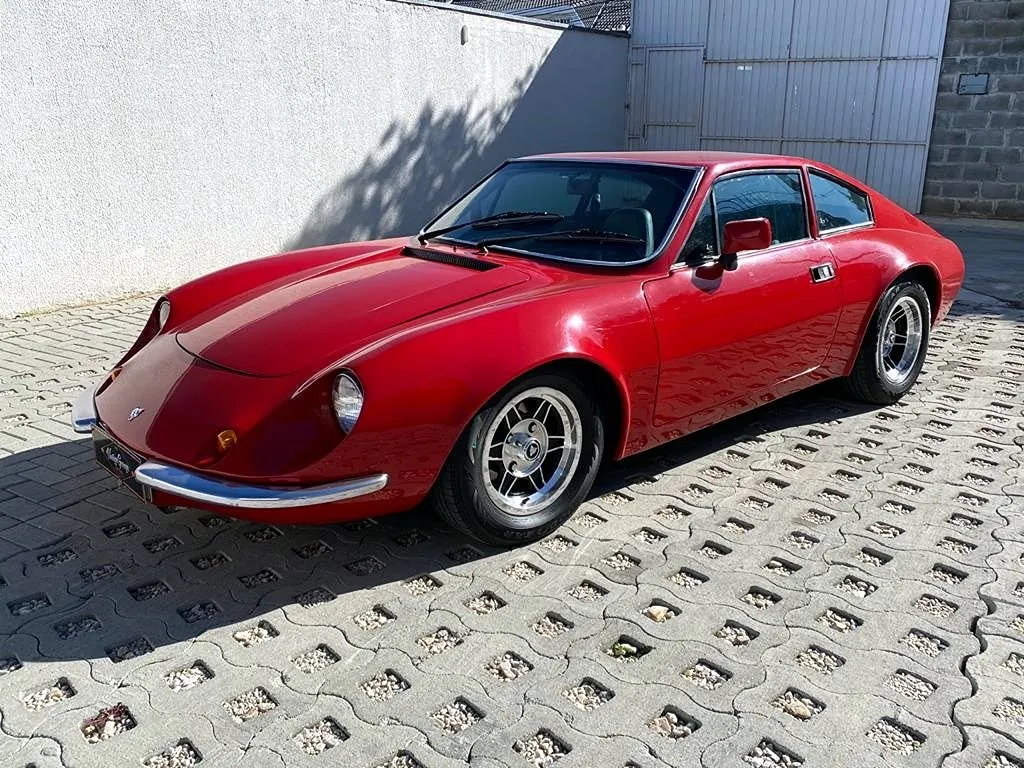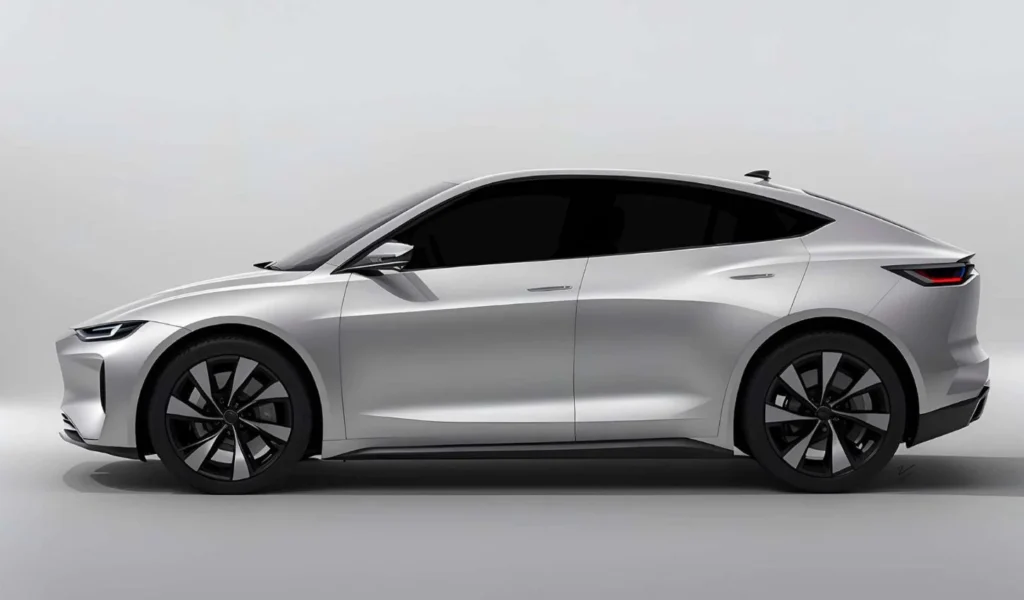“Being an entrepreneur in Brazil is an act of heroism.“
High taxes. Endless bureaucracy. High import fees. Bad currency. Hurtful politics. These are just some of the difficulties present in the life of those who dare to build a business in Brazil in todays age. For those that are trying to build a successful car brand, the difficulties are even higher.

It’s not Brazil’s first rodeo
The Brazilian automotive industry has a rich history that blends global influence with local innovation. As one of the largest car markets in the world, Brazil has long been a major hub for global automakers like Volkswagen, Fiat, and General Motors, who have operated in the country for decades. These companies helped lay the foundation of the industry, setting up manufacturing plants and producing cars tailored to the local market, such as the iconic VW Beetle, known as the “Fusca” in Brazil. However, the story of Brazil’s auto industry isn’t just about foreign giants—there’s also a chapter dedicated to homegrown ingenuity.
One name that stands out is Gurgel, a brand many Brazilians remember with pride. Founded by João Gurgel in 1969, Gurgel was the country’s most successful attempt at creating a fully Brazilian car company. While most automakers in Brazil relied on foreign designs and technologies, Gurgel was determined to design and produce cars that were 100% Brazilian. The company’s most famous models, such as the Gurgel BR-800 and the Gurgel X-12, were known for their ruggedness, simple mechanics (since it used the Volkswagen beetle platform and power train under license), and ability to tackle Brazil’s diverse terrain, from sandy beaches to rural dirt roads.

Another significant name in Brazil’s automotive history is Puma. Originally founded as a small car manufacturer in the 1960s, Puma became famous for its sports cars that combined stylish design with affordability. Using Volkswagen air-cooled engines and lightweight fiberglass bodies, Puma produced models like the Puma GTE and the Puma GTB, which became iconic for their sleek look and excellent performance. While small in scale compared to global giants, Puma cars gained a loyal following in Brazil and even caught the attention of international markets, with some models being exported to Europe and the U.S.

Though Gurgel eventually succumbed to financial difficulties in the early 1990s, and Puma ceased production in the late 1990s, both brands left indelible marks on Brazil’s automotive landscape. These companies were more than just car manufacturers; they represented Brazil’s ambition to innovate and create its own automotive identity.
Lecar – A new hope
Flávio Figueiredo de Assis, the self proclaimed “Brazilian Elon Musk”, has been putting his own money into building his car, the Lecar 459, which started as a fully electric vehicle but has recently been reworked to use a hybrid propulsion platform. The factory will be located in Espírito Santo, a small state in Brazil.
A factory for flex hybrid cars, developed in Brazil, with production set to start in 2026, is what the new Brazilian carmaker Lecar is promising. On september 11 2024, they showed off their first prototype to the press, marking the beginning of a projected investment of R$ 870 million.
The company, is set to compete in a market traditionally dominated by global brands. Despite the car-loving culture in Brazil, no homegrown car brand has managed to last long-term.
Coming from the payment services industry, with no prior experience in the automotive sector, Assis sold his food card company, Le Card, in 2022. Since then, he’s been gathering support for his project, which even faced challenges like the catastrophic weather in Rio Grande do Sul.
“Brazil makes planes, but we can’t make cars?” Assis joked during the unveiling of the new design on september 11, referencing Embraer. “If Ozires Silva could make a plane, I can make a car because I’m Brazilian too!” he added, mentioning the co-founder of the Brazilian aerospace company.
Unlike neighboring states like Rio de Janeiro, Minas Gerais, and São Paulo, Espírito Santo has no car manufacturers. However, the state has granted Lecar a 10-year tax exemption, according to Rodrigo Rumi, Lecar’s VP of marketing and sales, who previously worked for automakers like GM, Toyota, and Caoa Chery.
Since the project began, Lecar has attracted around 300 potential contacts, including future customers, suppliers, and dealers, according to Rumi. The company relaunched its website to show off the new design—a sleek, straight-lined coupe with narrow headlights and a raised rear, following trends in the local market.

Assis said the car will be priced at R$ 150,000 and will have a range of around 1,000 kilometers, thanks to the combination of an electric motor that drives the wheels and a flex-fuel combustion engine that powers a generator. The generator charges the battery, which then powers the electric motor that drives the car.
This setup is different from traditional hybrids, where the combustion engine both drives the vehicle and recharges the electric motor’s battery.
Assis also said the Lecar 459 will have an 83% localization rate, which is high for a new company in a market where most new entrants rely heavily on imported parts before ramping up local production.
The car’s 163-horsepower electric motor will be supplied by Hepu Power from China, and the 18.4 kWh lithium-iron battery will come from Winston, also Chinese. The generator will be from Brazil’s WEG, and the combustion engine from Horse, a joint venture between Renault and China’s Geely.
Besides these suppliers, Lecar’s main partner on the project is the Brazilian division of Comau, an Italian company specializing in assembling industrial automation systems.
Proudly, Assis explained that the factory will be built on a 460,000 square-meter plot along the BR-101 highway, with a 650-meter-long assembly line.
Out of the R$ 870 million estimated for investments until production starts in 2026, R$ 630 million will be spent on the assembly line, Assis noted. However, he didn’t reveal how much of that will come out of his own pocket or how much he has already invested.
Assis’s next goal is to showcase a new prototype, featuring the updated hybrid design unveiled on Thursday, by February 2025.